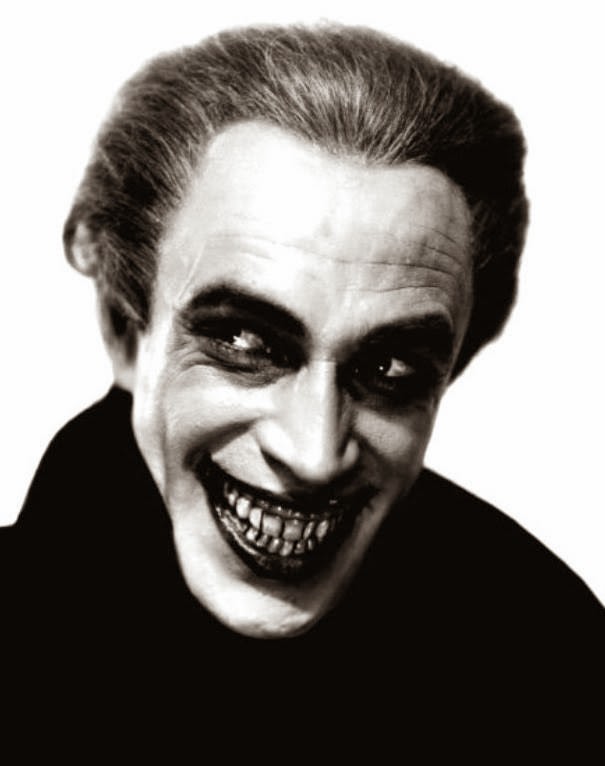Unfortunately, it's been awhile since I've written a thorough essay for this blog, but what better reason to buck up and ravenously tap on my laptop than to celebrate the ultimate cinematic heroine, Katharine Hepburn! Indeed, I have been coerced (gratefully) to enter the Great Katharine Hepburn Blogathon, which will feature multiple essays on the woman, her work, and her life, during the days surrounding her birthday. I have a little over a month to put the pedal to the metal and come up with something that I hope will illuminate this illustrious warrior of women in a different and interesting way. My theme: the duality and androgyny of Kate the Great in her art. I'll let you know when it gets posted next month!
For those interested in entering themselves-- entering the contest themselves, not literally entering... nevermind-- pick your topic and visit MargaretPerry.Org with your name, theme, blog, and website, and get t'work. Can't wait to see what everyone comes up with. :) Long live the Queen!






